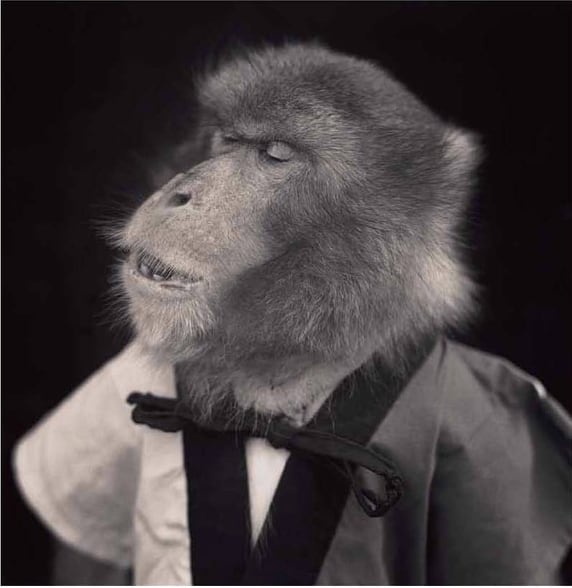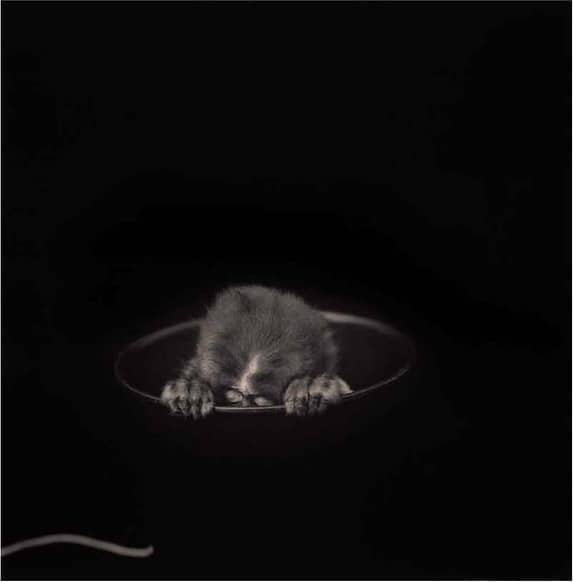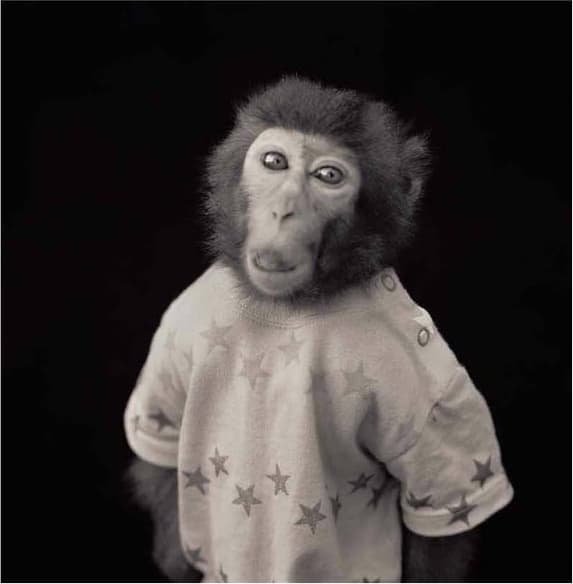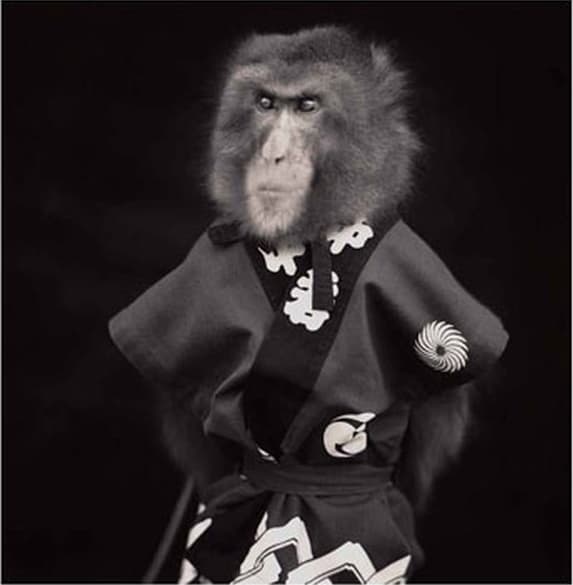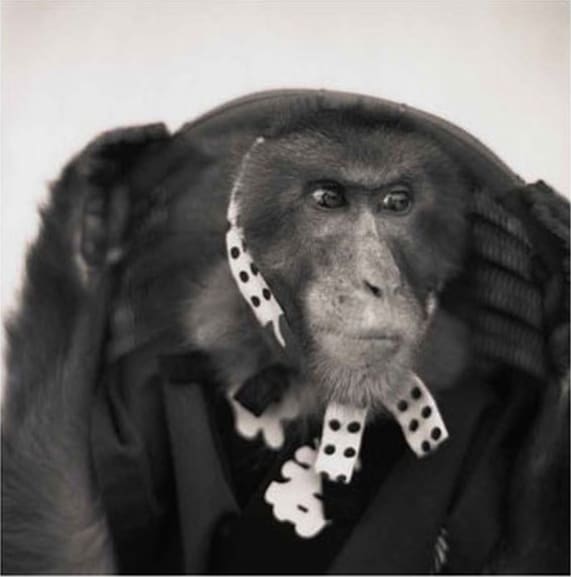“Sarumawashi, literally ‘monkey dancing’ evolved over a 1000-year history in Japan. Ancient Japanese chronicles refer to it as a form of religious ritual designed to protect the horses of warriors. It later developed into a popular form of festival entertainment, and was performed all over Japan from temples to imperial courts. Today, Sarumawashi is ranked alongside Noh and Kabuki as one of the oldest and most traditional of Japan’s performing arts. It features acrobatic stunts and comedic skits performed by highly trained macaque monkeys.
Despite its current popularity, Sarumawashi almost perished in the 1970’s. The increasing urbanization of Japan and the rise of the automobile on Japan’s crowded city streets threatened Sarumawashi’s place in Japanese culture as a popular form of street performance. In 1977 a group of individuals throughout Japan, fearing the total demise of this ancient art form, gathered to effect the revival of Sarumawashi. They founded the Suo Sarumawashi association in present day Hikari City (also known by its ancient name of Suo) in Yamaguchi Prefecture in Western Japan.”
– Excerpt from the Suo Sarumawashi Association’s official introduction.

Quiet Lunch is a grassroot online publication that seeks to promote various aspects of life and culture with a loving, but brute, educational tinge. When we say, “Creative Sustenance Daily,” we mean it.

